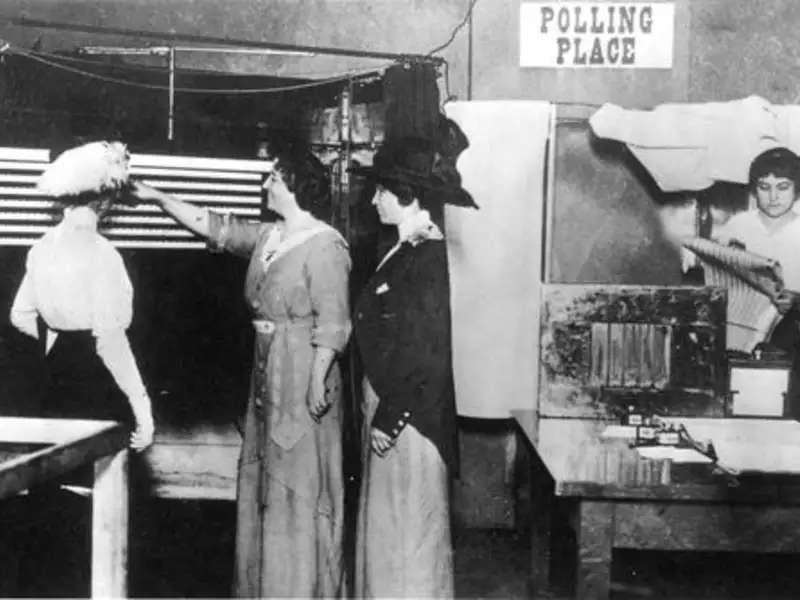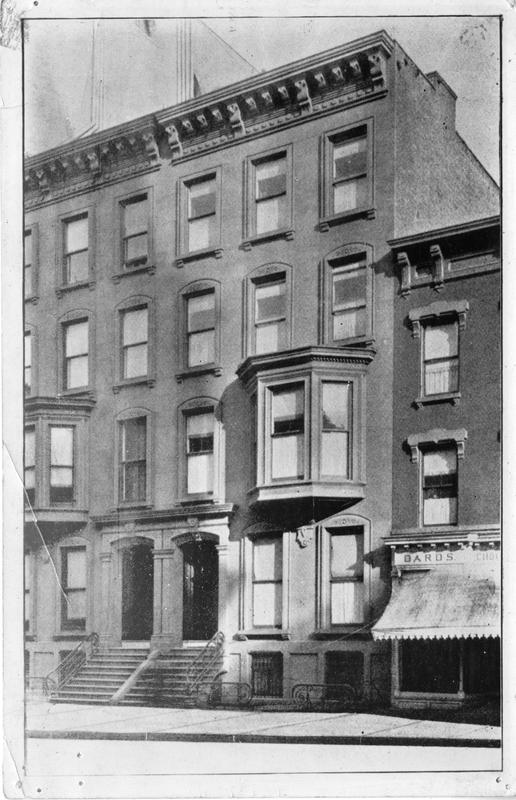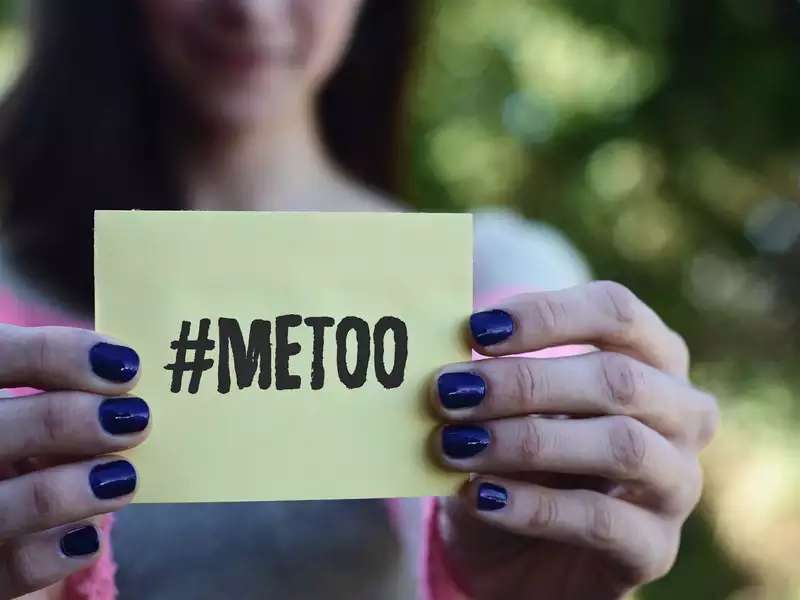
Passionate Barnard women debated suffrage, picketed politicians, and held mock elections during the decades-long struggle for the 19th Amendment.
The vision was bold:
Create a rigorous and challenging college for women equivalent to the education offered by Columbia.
At the turn of the 20th century, suffragists were still campaigning for the vote, and Columbia University, like most other institutions of higher learning at the time, would only admit and educate white men. Eventually, the Columbia Board of Trustees agreed to create a syllabus for women to earn a certificate from the University.
Still, they were prevented from joining regular classes. A group of New York City women, led by young student activist Annie Nathan Meyer, wanted more. They assembled a committee to support their vision and, after two years of petitioning, convinced the Trustees to create an affiliated college, which they named after Columbia’s recently deceased president, Frederick A.P. Barnard, who argued unsuccessfully for the admission of women to Columbia University.
Founded in 1889, Barnard was the only college in New York City, and one of the few in the nation, where women could receive the same rigorous and challenging education available to men.
The school’s founding was largely due to the rallying efforts of Annie Nathan Meyer, a student and writer who was equally dissatisfied with Columbia’s stance and staunchly committed to the education of women. She joined forces with a small group of her peers to petition the University Trustees for an affiliated, self-sustaining liberal arts women’s college. In two years, she accomplished what she had set out to do.

Barnard’s first class met in a rented brownstone at 343 Madison Avenue, just blocks from Grand Central Station; there were six faculty members and 14 students in the School of Arts. Nine years later, the College moved to its current site in Morningside Heights. One of the original Seven Sisters colleges, Barnard was, from the beginning, a place that challenged women intellectually.
In 1900, Barnard was included in the educational system of Columbia University, with provisions unique among women’s colleges: It was governed by its own trustees, faculty, and dean and was responsible for its own endowment and facilities, while sharing the instruction, the libraries, and the degree of the university.
In 1983, when Columbia College went co-ed, as Frederick A.P. Barnard had wanted more than a century before, one might have thought Barnard would easily be subsumed. Instead, then-President Ellen Futter fought for the College to remain independent and worked toward a new and lasting agreement with Columbia in light of their decision to admit women.
Over the course of over 130 years and 13 great women leaders — from winning the right to hire faculty in 1900 and the pivotal protests of 1968 to the historic admission of transgender women in 2016 — Barnard has continued to flourish and excel.
From the start, Barnard’s mission has been to empower smart, ambitious women by offering rigor and relevance in an academic community where women lead. As our reach broadens, the mission grows ever more powerful. For decades Barnard women have demonstrated leadership in key areas of advancement for suffrage, peace, gender equity, social justice, climate action, and more.

Passionate Barnard women debated suffrage, picketed politicians, and held mock elections during the decades-long struggle for the 19th Amendment.

In 1968, Barnard women rallied, occupied buildings, and helped persuade Barnard and Columbia to change their policies.

Barnard women continue to lend their voices to the chorus opposing sexual, relationship, and domestic violence in all of its forms.